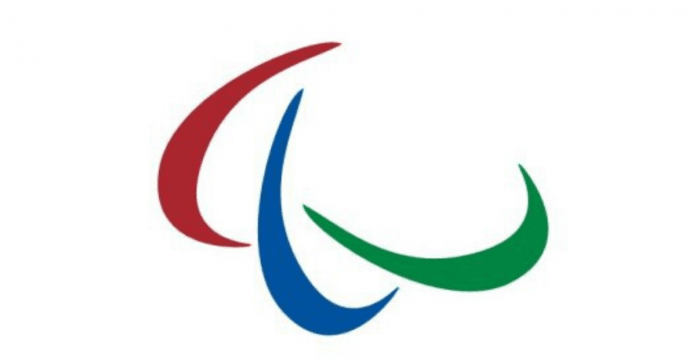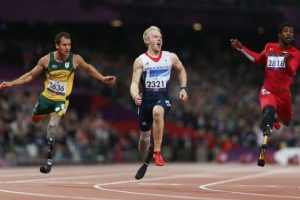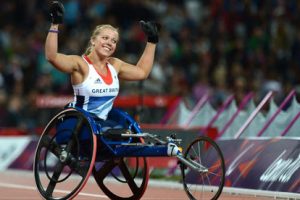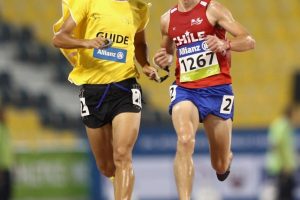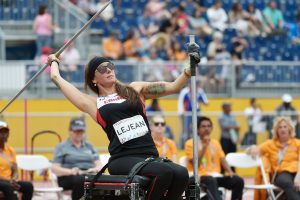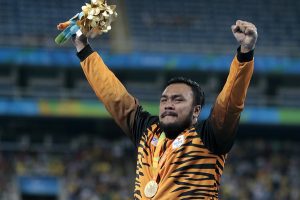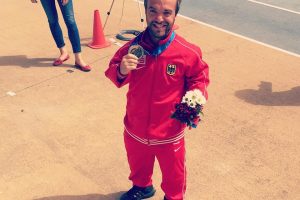Many of you avid runners out there might have heard of para-athletics but not know exactly what are its origins and how exactly does the classification of para-athletes work. Hopefully, after reading this article, you will have a deeper understanding of what para-athletics is all about and next time you watch Paralympic athletics events, you will be able to inform those around you so that they too can have a greater appreciation for para-athletics.
History
After WWII, Dr. Ludwig Guttmann founded the National Spinal Injuries Centre at the Stoke Mandeville Hospital in Great Britain in 1944. Guttmann introduced sport as a form of recreation and as an aid for remedial treatment and rehabilitation. On 28 July 1948, the Stoke Mandeville Games were founded and the first competition for athletes with spinal cord injuries took place on the grounds of Stoke Mandeville. Subsequently, in 1960, the International Stoke Mandeville Games took place in Rome and this event went down in history as the “First Paralympic Games”. Over the years, other disability groups were added to the games. Also, the tie between the Paralympic Movement and the Olympic Movement became stronger. The word, “Paralympic” is a combination of the words “parallel” and “olympic” to serve as an example of how the two movements exists alongside each other. “Paralympics” has been the official term of the Games since 1988. The International Paralympic Committee (IPC), founded on 22 September 1989, is the global governing body of the Paralympic Movement. It has a democratic structure with democratically elected representatives.
Values
The Paralympic Movement adheres to four major values: Courage, Determination, Inspiration and Equality.
Disability Classifications
For track and jump events, the impairment classification starts with a “T” and for field events, the impairment classification starts with “F”.
Visual Impairment:
- T11/F11 – Athlete is completely blind
- T12/F12 – Athlete has some/limited vision
- T13/F13 – Athlete does not have severe visual impairment
Intellectual Impairment:
- T20/F20 – Athletes intellectually impaired has an impact on the activities of running, jumping or throwing.
Co-ordination Impairments:
- F31(Seated Throws) – Athletes have severe hypertonia or athetosis, with very poor functional range, and/or control of movement in all four limbs and the trunk.
- T32(Wheelchair Track)/F32(Seated Throws) – Athletes have moderate to severe co-ordination impairment affecting all four limbs and trunk. Usually, the athlete will have slightly more function on one side of the body or in the legs.
- T33(Wheelchair Track)/F33(Seated Throws) – Athletes have moderate to severe co-ordination impairment of three to four limbs. Usually, the athlete will have almost full functional control in the least impaired arm.
- T34(Wheelchair Track) – Athletes are generally affected in all four limbs but more in the lower limbs than the upper limbs.
- F34(Seated Throws) – Athletes generally have moderate to severe hypertonia in both legs with significant difficulty in standing balance and walking.
- T35-T38(Running Track)/F35-F38(Standing Throws) – Athletes my demonstrate moderate hypertonia, ataxia and/or athetosis which affects the movement of their bodies.
Short Stature:
- T40-T41/F40-F41 – Athletes in classes T40 or F40 have a shorter stature than T41 and F41.
Musculoskeletal Impairments:
- T51–54(Wheelchair track)/F51-F58(Seated Throws)- Athletes use racing wheelchairs and throwing frames in competition.
- T42-T44(Running track)/F42-F44(Standing Throws) – Lower limb affected by limb deficiency, leg length difference, impaired muscle power or impaired range of movement.
- T45-T47(Running track)/F45-F46(Standing Throws) – Upper limbs affected by limb deficiency, impaired muscle power or impaired range of movement.
Additional Information
Athletes in T11 and T12 can run with a guide. The rules will apply to both athlete and guide during competition. For track events, the athlete can change their guide runner once. This only applies for races more than 1500m in length. During road races, for example the marathon, the athlete is permitted two guide runners and the change of guide can take place at any 10 kilometre point (10k, 20k or 30k).
Intellectually impaired athletes with motor coordination problems sometimes also have a hearing impairment, so it may be necessary to use either a strobe light, connected to the gun or a flag, waved by an official as the gun is fired to start the race.
Racing chairs cannot have any additions intended to make them perform more aerodynamically. The chairs have compensators attached to them to help the athlete make the turns on the track.
For seated throws in field events, athletes are strapped to a frame. The straps cannot be made of an elastic material.
Learn More
The following article is a brief overview. If you are interested in learning more about the Para-athletics and/or the various impairment classifications, click here.
The author is a sports enthusiast who believes that every individual, despite any physical, mental or social limitations, can utilise sports as a tool for character and self-development.


